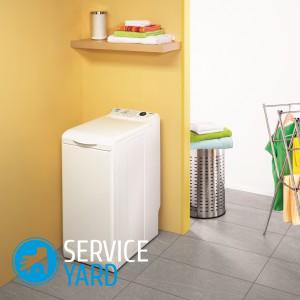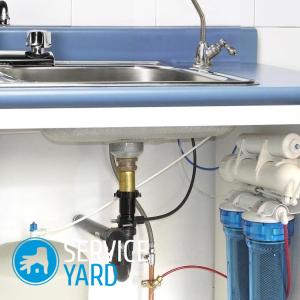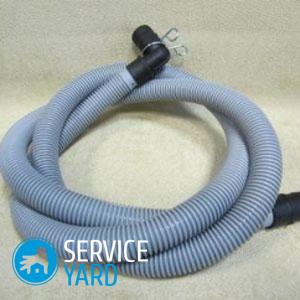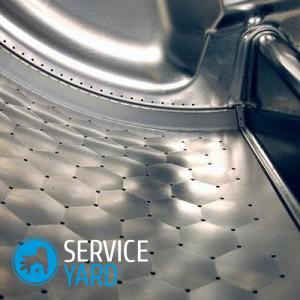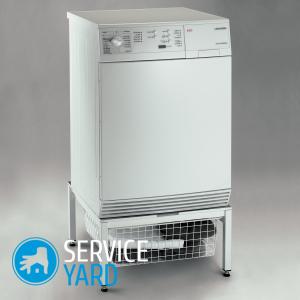The principle of operation of the washing machine
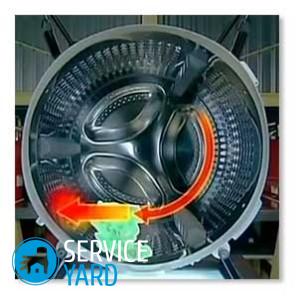
- Download Method
- Main nodes
- Body
- Front Panel
- Detergent container
- Luke
- Tank
- Front counterweight
- Shock Absorber and Springs
- Drum
- Electric motor
- Drive belt
- Heater
- Pressure switch
- Water filling system
- Dispenser hopper
- Drain system
- Hose
- Branch pipe
- Control block
- How does a washing machine work?
- Stock footage
An automatic washing machine is able to make life easier for any housewife, and if the family is large, there is simply no alternative to this unit. But before you start washing, it is very useful to understand the principle of the washing machine, as well as to learn a little about the main components. This will be discussed in the article.
to contents ↑Download Method
Automatic washing machines come in two types:
to contents ↑Important! In each case, there are peculiarities, conveniences and inconveniences, so each owner prefers the option that is convenient for him personally. But the principle of operation of both machines is the same, although there are subtleties.
Main nodes
Each machine, regardless of how it is loaded and where the trays for detergents are located, must have:
- housing;
- tank;
- drum;
- engine;
- TEN;
- pressure switch;
- water filling system;
- drain system;
- Control block.
The principle of operation of a washing machine-automatic machine of one or another model often depends on the configuration.

Body
The housing of any washing machine is a frame, the elements of which are:
- base;
- Front Panel;
- back wall;
- cap.
Important! Some manufacturers put additional elements into the case:
- vibration sensor;
- leakage sensor;
- Other devices.
This affects the principle of operation of the automatic washing machine, as well as the degree of its functionality and safety.
to contents ↑Front Panel
All parts of the case are important, but the front wall is perhaps the most interesting. The control panel is located here, while front-loading machines also have a detergent container. As a rule, it is located on the left side, but some models may be on the right. For machines with vertical loading, such a tray is located on the inside of the hatch.
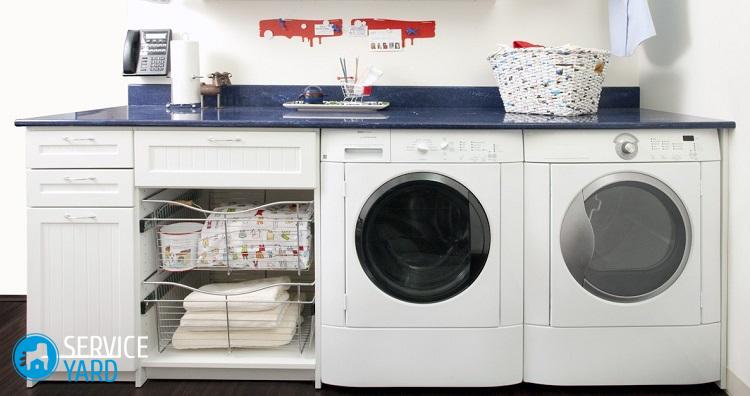
Detergent container
The tray most often has 3 cells - for prewash and soak, for the main wash and air conditioning. But some modern models can have four compartments, and five. To understand the features of your model, follow the link "Where to put powder in the washing machine?".
to contents ↑Important! At the oldest cars you can see only one compartment. Powder enters water through nozzles.
Luke
This is the most visible part of the front panel. Luke is in the center. If you should consider it properly, you can highlight such parts as:
- cuff;
- blocker.
A cuff connects the housing to the tank through a clamp. A lock is needed so that the door does not open during washing.
to contents ↑Important! In many modern models, a thermocouple is placed in the locking device, which does not allow the door to open for some time after the wash has finished.
Tank
Tank automatic machine can be made:
- from stainless steel;
- made of high strength plastic.
If we talk about the design, it can be:
- collapsible;
- solid.
Previously, this part was always made collapsible.Now, for many machines, the tank also consists of two parts. The halves are connected with clamps or bolts.
Important! Some manufacturers still offer solid tanks. This is inconvenient - even the slightest malfunction can disable the machine completely, because it is very inconvenient to service and repair individual nodes, the tank has to be replaced completely.

Front counterweight
The tank during washing, of course, should stand upright and not shake from vibrations when operating the automatic washing machine. In order to ensure this, a frontal counterweight is installed on it. It is a block:
- from concrete;
- from plastic.
to contents ↑Important! Unfortunately, no one has yet succeeded in making the eternal counterweight. From time and vibration, it is destroyed. In addition, fasteners quite often fail, because they also have serious loads.
Shock Absorber and Springs
These two elements are needed to damp vibrations. The shock absorber is attached to the tank and to the base. The wear resistance of the entire system largely depends on these parts.
Important! If the depreciation system is faulty, all other parts will suffer: the drive belt will fray, the tank will break from constant vibrations, the cuff will break.
The principle of operation of the washing machine:
- The vibrations are quenched because the reciprocating motion of the piston in the cylinder is converted into thermal energy.
- The shock absorber has a gasket that is saturated with a special lubricant that does not dry out, and is also designed for high friction.
- The piston can move in the opposite direction if a special return spring is working.
Important! The tank is actually suspended on springs. Different models have different numbers of springs and shock absorbers, but usually range from two to four. The task of the spring unit, as well as the shock absorber itself, is to dampen the vibrations that inevitably occur when the drum spins.
To extend the life of equipment will also help special anti-vibration stands.
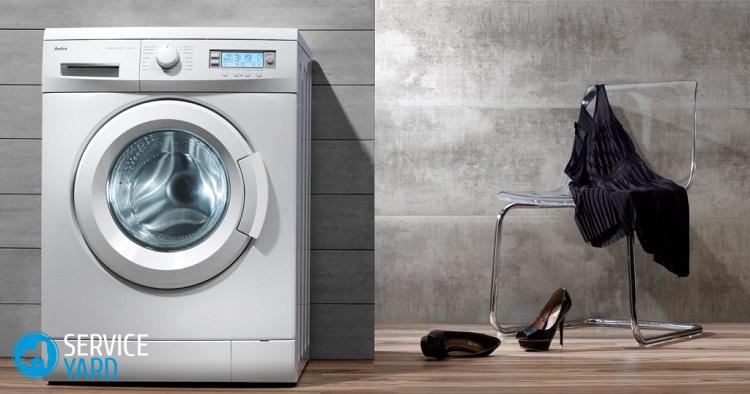
Drum
Actually, washing takes place in this part of the machine. A drum is a large cylinder with many holes. The principle of operation of this part of the washing machine:
- The laundry is loaded through the largest opening.
- On the other side is a cross to which a shaft is attached.
- The linen is mixed with the help of fighters - special ribs.
- An important part of the drum is the driven pulley. This is a wheel that is mounted on a shaft. With it, the drive belt works.
To understand all the nuances of such an important part of the equipment when buying, check out our detailed review "The drum of the washing machine".
to contents ↑Important! This pulley greatly affects the spin mode - it is this part that is responsible for the number of revolutions. The pulley is attached with a mounting screw. The part quite often fails, because it is made of aluminum, and by its nature is fragile.
Electric motor
The drum will not rotate unless set in motion. Does it an electric motor. It is located at the bottom. Engines may be different:
- collector;
- brushless;
- three phase.
Important! In household cars, the most common is the commutator motor. Brushless units are in the models LG washing machines with direct drive, are located at the top of the drum and are attached directly to the wall.

Drive belt
The electric motor is connected to the drum by a drive belt, and precisely because of this, the latter rotates. Drive belt can be made:
- from rubber;
- from nylon;
- from neoprene;
- from polyurethane.
In automatic machines, the following belts are used;
- 3 L;
- J;
- H;
- Z.
to contents ↑Important! 3 L belts are found in Japanese and European cars. In large units, the drive J is installed, in small units - H, and the marking Z can be seen in Russian-made cars.
Heater
Thermoelectric heater, aka TEN - an important part of any household appliance. Its task is to convert engine energy into heat. Without it, the water simply will not warm.
There are models where the heater provides drying, which affects the principle of operation of the washing machine.
Important! The power of this component may be different. For small cars, it is 800 watts, but there are real home giants with a power of 2200 watts.
A temperature sensor can be connected to the heater, but on some models it is located directly in the tank.
Important! Most often, the heater is the first to fail. To protect it from the negative effects of impurities in tap water, which, when heated, form limescale, put special plugs when connecting water filters.

Pressure switch
A pressure switch is nothing more than a water level switch. His tasks also include the connection of the heater and the electromagnetic valve. It is a cylinder with a large number of switches, to which a tube coming from the pressure vessel is supplied.
to contents ↑Important! Thanks to this device, the electronic brain of the machine responds to changes in water pressure.
Water filling system
The filling valve is located between the hose inlet and the metering hopper. The amount of water that is poured into the machine depends on it. Valves come in two forms:
- 90°;
- 180°.
The number of degrees determines the location of the bends - for some valves they are at right angles, for others - under the deployed one.
In addition, the valves are divided into several types according to the number of bends - from one to four. The number of bends corresponds to the number of coils.
to contents ↑Important! Four-way valves are on machines that have the function of drying clothes.
Dispenser hopper
This is a plastic box with pipes connected to it. There are holes in the upper part of the container - water comes out through them, which washes washing powder from the tray.
A drawer is located inside the box - this is what the detergent drawer looks like if you look at it from the inside.

Drain system
An important part of the drainage system is the pump; it is also a drainage pump. The principle of operation of this part of the washing machine is automatic: the pump pumps water out of the tank when you wash the laundry.
The pump consists of:
- impeller motor;
- drain hose snails;
- branch pipes.
In household machines, two types of pumps are used:
- with a synchronous motor;
- with induction motor.
Most modern machines have the first type of pump. Devices with an induction motor are almost no longer available.
to contents ↑Important! Before washing, it is necessary to remove all objects from the pockets - a coin or a nail can disable the pump.
Hose
It is designed to remove water from the machine. Make drain hoses from corrugated plastic. The length can be very different - from 1 m to 4 m. The best option is 1.5-2 m. There are fittings on the hose.
Important! To pick up such a part, use our recommendations from the article dedicated separately drain hose for washing machine.
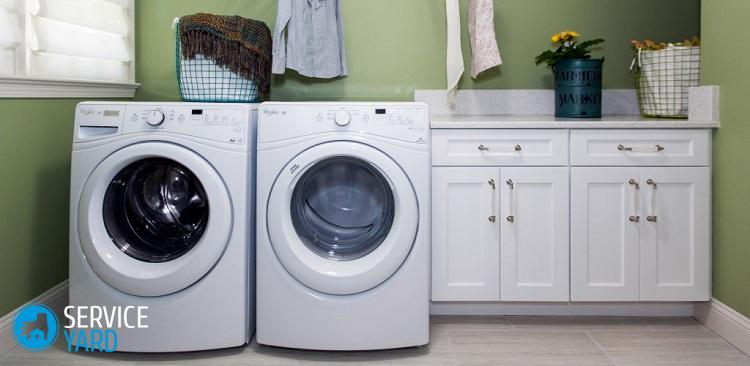
Branch pipe
The drainage system also includes a rubber pipe. A filter is installed in it to prevent particles of washing powder from entering the drainage system. An air chamber is connected to the nozzle. It provides stable operation of the pressure switch.
to contents ↑Control block
It is the brain of the machine that is responsible for everything. You just need to install the program. The outer part of the block is the control panel. It is on it that you set the modes, determine the time, temperature and so on.
Important! There are models in which the block and panel are a single whole, but these parts can be separated.
The control panel has basic functions and additional ones. The basic ones include:
- door lock;
- pouring cold water to a certain level;
- detergent intake;
- water heating;
- actually washing according to specified programs;
- draining;
- preliminary spin;
- pouring water for rinsing and draining;
- final discharge of water;
- spin;
- drying
- hatch opening.
On some models, opening the hatch and completing the wash is accompanied by a beep.
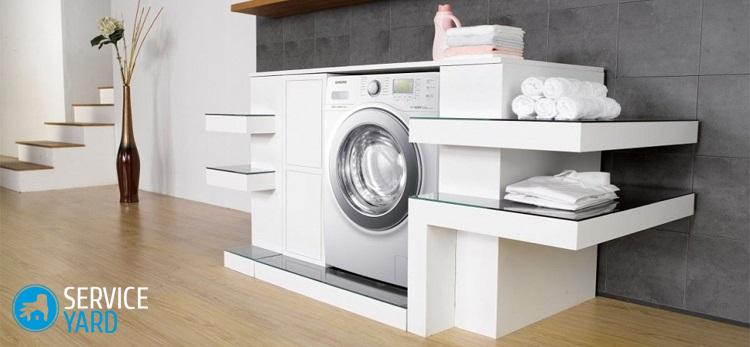
How does a washing machine work?
Having figured out what for what part is needed, consider the principle of operation of the washing machine. The sequence is clear and simple:
- linen is loaded into the machine;
- choose a program;
- press the start button.
After that, the hatch is locked, and then the car does everything without your participation. But what exactly is she doing? The washing process can be divided into several stages.
- Turning on the engine, cold water pours into the tank, and detergent through the hopper of the dispenser, soaking begins.
- The heater turns on and the main wash begins.
- When the main wash ends, the pump receives a signal that it is time to pump out the water, the water is leaving, the laundry is wrung out, the pressure switch responds to all this and the water starts to accumulate again - for rinsing.
- After rinsing, the water is drained again, the laundry is wrung out again - and so three or four times.
- The linen is wrung out completely, already at high speeds, the water is pumped out, after which the hatch is unlocked.
How does a drum work?
Water, as you probably already noticed, is poured into the tank. Washing takes place in the drum. Water gets there through numerous holes.
to contents ↑Important! The drum is spinning, but the tank is static.
Stock footage
The drum is not only spinning, it is in the process of turning the laundry over, for which there are special projections. High-quality washing provides the normal operation of all parts of the washing machine. The unit is a reliable household assistant, but it also needs attention. In the event of a breakdown of a part of it, it must immediately be replaced, even if it is not directly involved in the process.
- Top loading washing machines rating
- TOP of the best front-loading washing machines
- Filters for water purification in the apartment
- Drain hose for washing machine
- Where to put powder in the washing machine?
- The drum of the washing machine and all its subtleties
- Anti-vibration stands for the washing machine
- LG Direct Drive Washer




